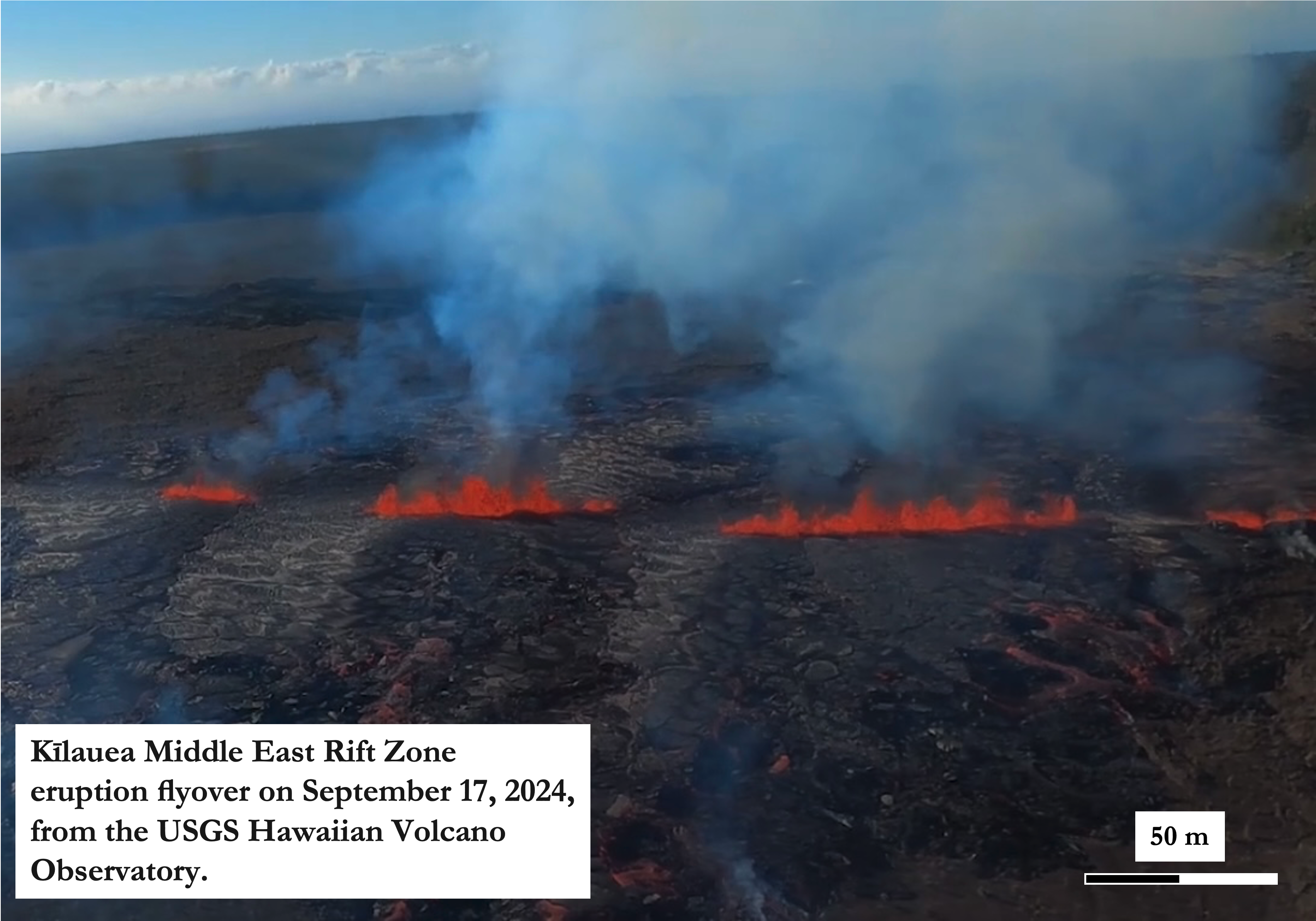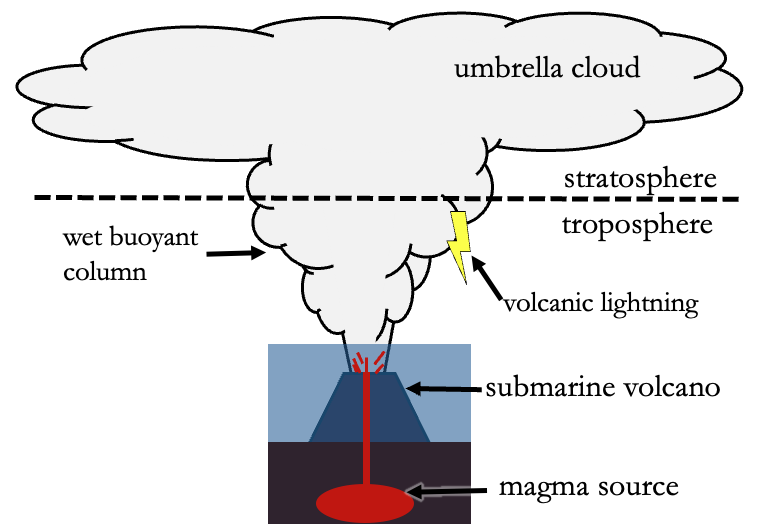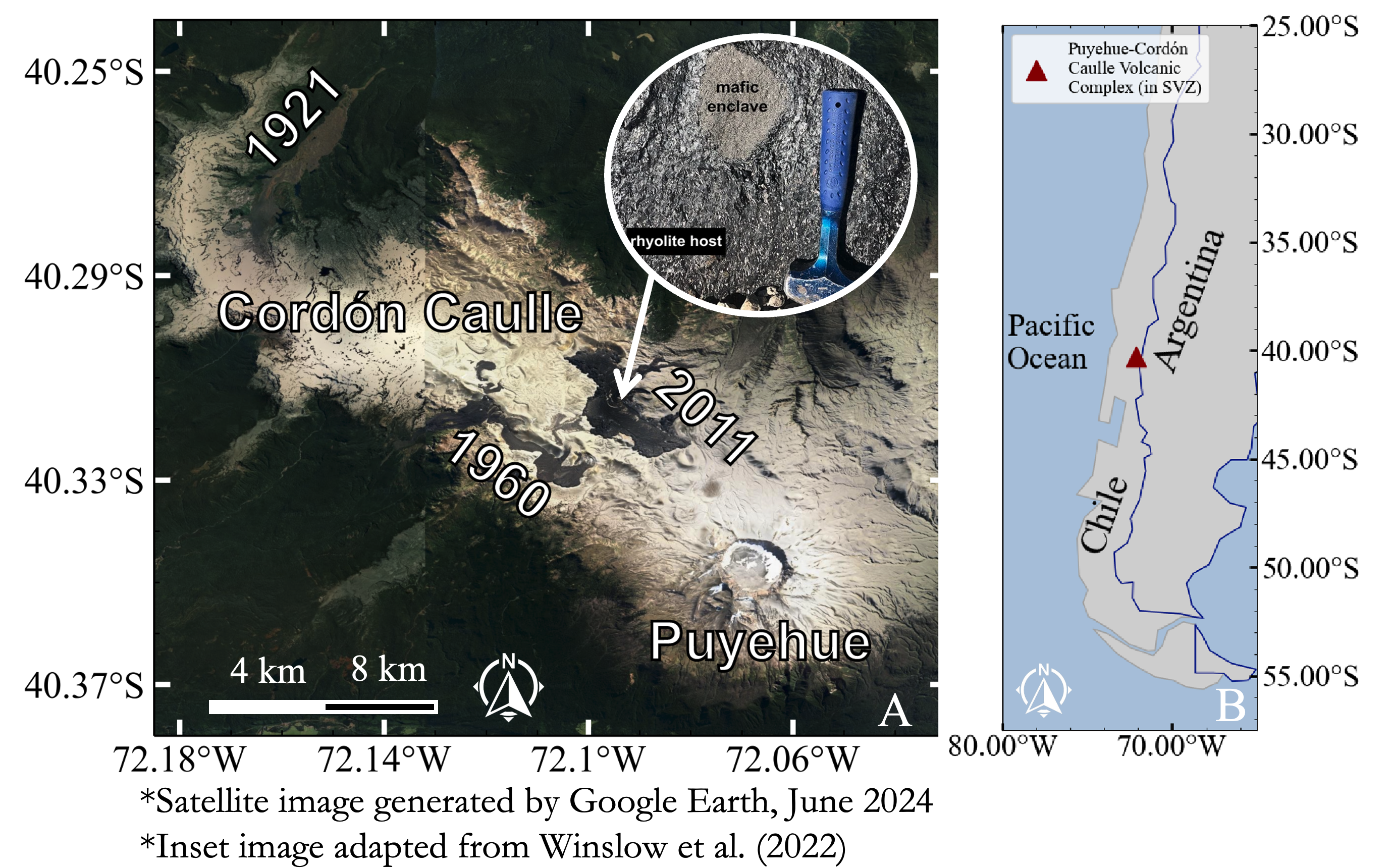Research
Highlighting my current and past research projects.

Dynamics of Shallow Conduit Flow
As a member of the Karlstrom lab in the University of Oregon, my research focuses on understanding the magma flow beneath the Earth's surface and during volcanic eruptions. Specifically, I examine how magma transitions from dike intrusions to conduit flow, which can lead to fissure eruptions that eventually consolidate into a single vent. Using computational fluid dynamics (CFD) simulations, I analyze magma flow and conduit morphology changes over time. This is particularly challenging for thermo-viscous flows, as heat flux within the conduit alters its geometry. To address these challenges, I utilize numerical modeling to investigate the evolution of flow dynamics. By calibrating these models with observational data from real-world volcanic systems, I aim to enhance their accuracy and predictive capabilities. Understanding the mechanics of magma movement is essential because it influences how far lava flows can travel and where magma will solidify upon cooling.
Dynamics of Water-Rich Columns
Volcanic plumes, columns of ash, and gas released during eruptions can affect the climate, spread volcanic material, and pose risks to aviation. Sometimes, these plumes collapse, leading to dangerous pyroclastic flows. Understanding when and why plume collapse occurs is crucial for safety. I explored how external water, such as seawater during underwater eruptions, influences plume collapse. We focused on the "column collapse condition," which is when a rising plume becomes unstable and falls back down. Using the 1D steady state model, Plumeria, we simulated various scenarios with different amounts of external water, vent exit speeds, and initial magma temperatures. We discovered that small amounts of external water help prevent plume collapse, allowing plumes to rise higher. In contrast, larger amounts of water make collapse more likely. A measurement known as the Richardson number, comparing buoyancy to flow speed, is useful for predicting plume collapse even when external water is present. This research enhances our understanding of how external water affects volcanic plume behavior, including height and stability. Events like the recent (2022) Hunga eruption highlight the importance of understanding water's role in volcanic eruptions. Full results will be available soon (manuscript in revision)! (Corresponding author: Edgar Carrillo-University of Oregon; Principal Investigator: Kristen Fauria-Vanderbilt)


Thermodynamics of Magma Evolution
The 2011-2012 eruption of Chile's Cordón Caulle volcano provides valuable insight into how high-silica rhyolite can form directly from basaltic magma. Observations of mafic (basaltic) enclaves surrounded by rhyolitic glass suggest this transformation process. Using the rhyolite-MELTS program, we simulated magma evolution under varying pressures and water contents. Understanding this mechanism enhances our knowledge of magma evolution and volcanic behavior, with applications to other volcanic systems to improve predictions of volcanic activity. Click 'Read More' below to see the full results. (Corresponding Author: Anna Ruefer - Stanford University; Principal Investigator: Guil Gualda - Vanderbilt University) This research was conducted as part of the MESSY group at Vanderbilt University.
Read MoreCollaborations
My research has greatly benefited from collaborations with talented scientists and institutions. Additionally, my academic and professional growth has been supported by the mentorship and development opportunities provided by the Fisk-Vanderbilt Bridge Program.